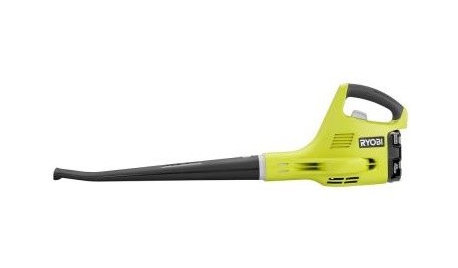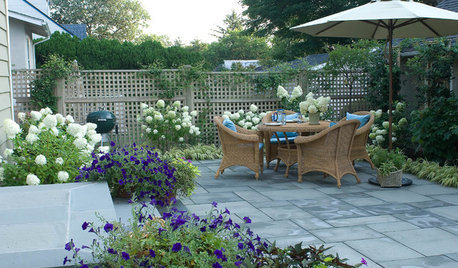soil prep for under trees
viv58
17 years ago
Related Stories

FALL GARDENING8 Must-Have Tools for Fall Backyard Prep
Autumn outdoor work feels overwhelming, but these handy tools can keep it under control
Full Story
GARDENING GUIDESInvite Cellophane Bees to Your Garden by Providing Patches of Bare Soil
Look for cellophane bees (Colletes) pollinating flowering trees and shrubs in U.S. gardens this spring
Full Story
GARDENING GUIDESHow to Pick a Mulch — and Why Your Soil Wants It
There's more to topdressing than shredded wood. Learn about mulch types, costs and design considerations here
Full Story
GARDENING GUIDESHow to Stop Worrying and Start Loving Clay Soil
Clay has many more benefits than you might imagine
Full Story
GARDENING GUIDESGardening Solutions for Dry, Sandy Soils
Has your desert or beachy site withered your gardening creativity? Try these ideas for a beautiful, easy-care landscape
Full Story
GARDENING GUIDES10 Solutions for Soggy Soil
If a too-wet garden is raining on your parade, try these water-loving plants and other ideas for handling all of that H2O
Full Story
GARDENING GUIDESHave Acidic Soil in Your Yard? Learn to Love Gardening Anyway
Look to acid-loving plants, like conifers and rhododendrons, to help your low-pH garden thrive
Full Story
GARDENING AND LANDSCAPINGGet It Done: Clean and Prep the Patio
Haul out the hose and bid cobwebs farewell. It's time to renew your outdoor room for relaxing, dining and entertaining
Full Story
GARDENING GUIDESHow to Prep Your Ground for a Healthy New Lawn
Seed or sod that falls on weedy, lumpy soil is a wasted effort. Follow these steps to ensure that your new lawn will thrive
Full Story
GARDENING GUIDESPrunus Virginiana Thrives Under Deciduous Trees
Plant chokecherry for showy white flowers favored by native bees in spring, and to provide nesting habitat and food for birds
Full StoryMore Discussions







Judy_B_ON
rhizo_1 (North AL) zone 7
Related Professionals
Westwood Landscape Contractors · Woburn Landscape Contractors · Beverly Hills Landscape Contractors · Duarte Landscape Contractors · Fort Payne Landscape Contractors · Milford Mill Landscape Contractors · Milton Landscape Contractors · View Park-Windsor Hills Landscape Contractors · York Landscape Contractors · Palm Harbor Fence Contractors · Ramona Fence Contractors · Franklin Fence Contractors · Charlotte Siding & Exteriors · Millburn Siding & Exteriors · Riverside Siding & Exteriorsbob64
geonature
shadeyplace
viviane_2007
ziggy___
ladyslppr
casey8b_savannah
Flowerkitty